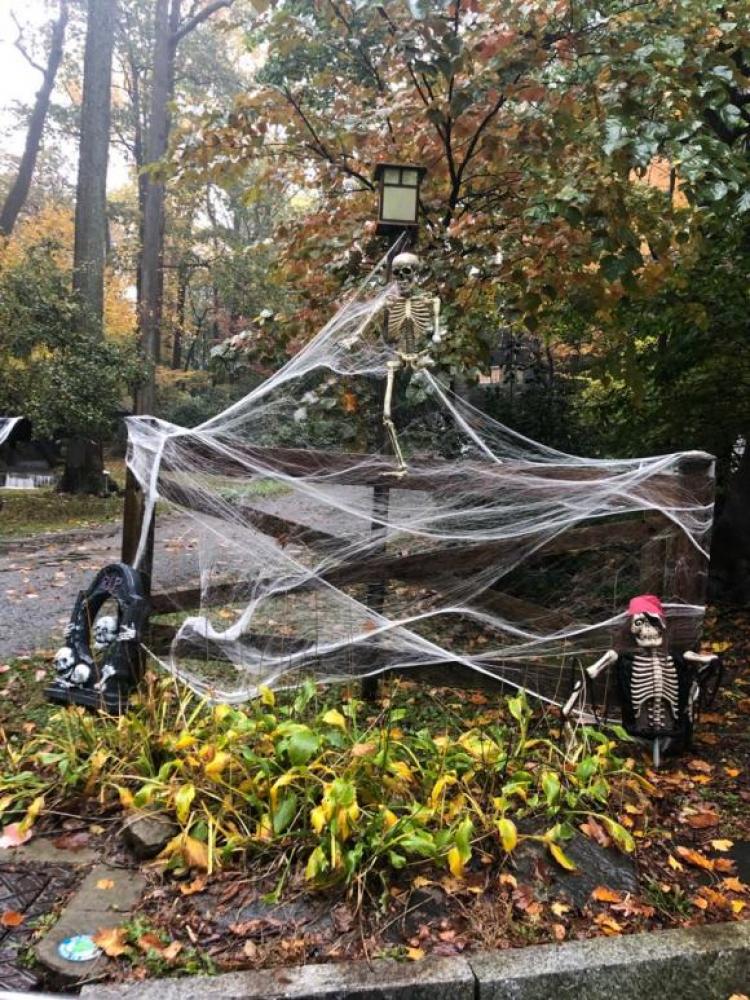What is Halloween all about?
HALLOWEEN celebrations are rooted in the Gaelic start of winter, known as Samhain – but what is Samhain and does it mean winter is about to start?
Each year thousands of children dressed in macabre costumes spook their friends and family in exchange for sweets on October 31.
Halloween marks the night of All Hallow’s Evening, or All Hallow’s Eve, a period of mourning for the dead, saints and Christian martyrs.
In popular culture, Halloween is a time to revel in ghastly activities, monster-themed parties and pumpkin carvings.
But the history of Halloween is a lot longer and more complex than many assume and can be traced back to ancient rituals observed after the end of the autumn harvest.
What is the holiday Samhain?
Samhain is an ancient Gaelic festival marking the start of winter and the end of the harvest seasons.
The holiday is traditionally observed from October 31 to November 1 – the midway point between the Autumn Equinox and the Winter Solstice.
Together with the holidays of Imbolc, Bealtaine and Lughnasadh, Samhain is one of the big four seasonal festivities in Gaelic culture.
Samhain’s roots are traced back to Ireland and Gaelic parts of ancient Britain and France.
The holiday was observed by the Celts at least 2,000 years ago, long before Halloween became associated with carved pumpkins and bats.
According to History.com, the Celts linked the start of the long, cold winter with death.
The history website reads: “Celts believed that on the night before the new year, the boundary between the worlds of the living and the dead became blurred.
On the night of October 31 they celebrated Samhain, when it was believed that the ghosts of the dead returned to earth.
 The English School
The English School

